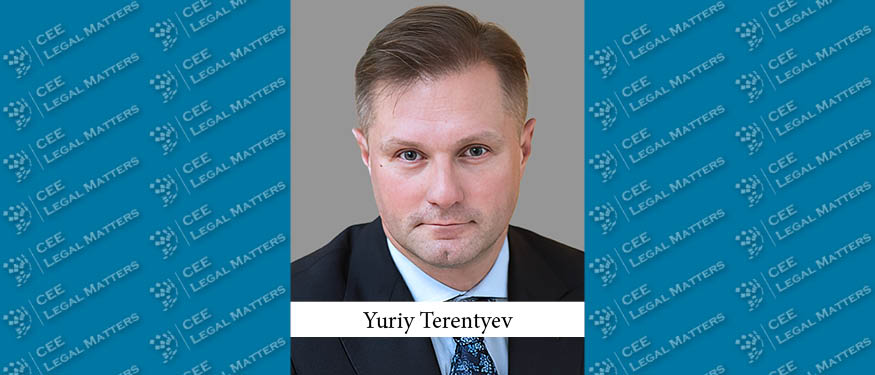Civil damages awards are one of the primary – and often most important – remedies for infringements of intellectual property rights. Damages serve both as compensation to the right holder for the economic detriment that results from an infringement and as a specific and general deterrent to would-be infringers. – The European Observatory on Counterfeiting and Piracy, “Damages in Intellectual Property Rights” (2009/2010).
In Latvia, IP laws (on trademarks, designs, patents, copyrights, and others) and civil law set forth provisions regarding damage awards. The amount of damages can be assessed by taking into account the nature of the infringement, the amount of the inflicted damages and lost profits, and other expenses incurred by the right holder and the particular circumstances of the case.
Latvian law sets several methods for calculating material damages. First, damages can be determined on the basis of the negative economic consequences to the injured party, including lost profits. Second, the damages can be determined taking into account the unfair profit of the infringer. Third, the right holder might state a claim for royalties and fees which would have been due if the infringer had requested authorization (a license) to use the objects of the intellectual property rights.
Inconsistent Holdings re Damage Calculation
However, the process of damage compensation in cases of IPR infringements is very complicated – especially as sometimes both the lawyers and the employees of the legislative institutions and courts lack understanding about the subject. This can result in incorrect interpretation of the provisions and transient and non-consequent court practice. And, indeed, case law regarding damages claims in IPR-related infringements is thus very disparate and inconsistent.
For example, in a recent civil case the claimant requested material damages based on the value of the invoice – as the defendants’ profits gained as a result of the infringement. The Court first held that the value indicated in the invoice was not to be regarded as the defendants’ profits, as the expense incurred by the defendants should be taken into account. The Court then also ruled that a right holder may claim only his actual loss and may not request an account of an infringer’s profits that are not directly linked with that actual loss.
In another case the Court dismissed the claimant’s argument that he could ask for a royalty as large as he wanted without providing a proper reasoning. The claimant had to show that the conditions under which other licensees paid the claimed royalty are identical or similar to the conditions according to which the trademark proprietor as a licensor and the infringer as a licensee would have concluded their contract. In other words, it is necessary to establish a notional royalty of what a willing licensee and a willing licensor would have agreed to, taking into account the actual conditions of the real parties and the actual market.
Moral Damages
If the right holder claims the recovery of profits made by the infringer, the right holder need present only the gross earnings received by the infringer. The net profit (earnings after the deduction of expenses) must be proved by the infringer himself. Moreover, in addition to material damages the right holder may also claim moral damages, to be determined by the court at its discretion. However, recent case law suggests that the amount of moral damages are low and that the principles and circumstances considered in determining them will be inconsistently applied.
Thus, in one case the Court awarded moral damages in the amount of LVL 3,600 (EUR 5,500) and cited the duration of the infringement, the seriousness and the nature of the infringement, the consequences of the infringement, and the level of the infringer’s guilt as factors to be taken into account in making its assessment. The Court also took into consideration the fact that, after the claimant had notified the defendant about the infringement, the defendant had not stopped the infringing activities.
However, in a recent design infringement case the Court awarded only EUR 450 in moral damages after concluding that additional damages can take the form of harm to a company’s reputation. The Court indicated that in these kinds of cases it is important to determine the number of people who could have associated the counterfeit products with the design owner, because it shows the amount of loss of his reputation.
Thus, analysis of actual practice reveals that claiming damages is a very complicated task for right holders, even when proper law provisions are in place.
By Ruta Olmane, Associated Partner, Metida
This Article was originally published in Issue 4.5 of the CEE Legal Matters Magazine. If you would like to receive a hard copy of the magazine, you can subscribe here.

















